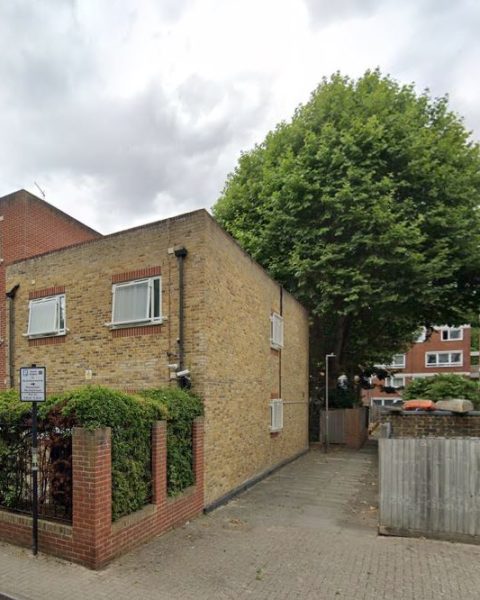The planning inspectorate has now confirmed that the WBC planning strategy is sound and can go ahead with a number of amendments. Most of the changes were discussed at the public hearings in February 2010 and you can read our comment on the Inspector’s approval here. The Council has officially adopted the final version of the Core Strategy in its meeting in October.
The Proposed Submission versions of the DMPD (Development Management Policies Document) and SSAD (Site Specific Allocation Document), which provide detailed policies to support the delivery of the Core Strategy, are now proposed for public consultation up to the 11th December 2010.
Patricia Poulter (a member of the Putney Society) sent us her analysis of the proposed DMPD document and highlighted changes that should be implemented. We have highlighted in bold green the comments that are also made in the submission from the Clapham Junction Action Group.
Author: Patricia Poulter
Response to the consultation on DMPD and SSAD proposed version 2
Consultation:
As experienced in the previous submission, the consultation documents are extremely lengthy and whilst a great deal of effort has gone into making them more comprehensible to the general public their sheer volume and complexity will deter a lot of residents from participating.
Changes made:
A number of changes have been made to the DMPD and SSAD versions compared to the earlier submission. These changes have not been explained within the documents as responding to any comment or request from either the Inspector, the residents, developers or amenities groups. It would have been very useful to know the reasons behind the alterations. It is stated that some amendments were made to avoid repetitions. The changes highlighted in the attached document do not fall in that category.
Tall buildings:
It is generally perceived that it would benefit all interested parties if the definition of “storeys” was also qualified in meters on planning applications leaving no room for misunderstandings. It is also thought that planning applications subject to tall buildings policies should clearly display the height in meters of adjoining buildings in their design and access statements as well as their plans.
The removal of the “buildings beyond x storeys will be unacceptable”( referred to by residents as maximum heights) has now been replaced by alternate wording that implies that intensive high rise development is acceptable. This is disappointing.
It is also clear, based on current applications coming through on the Upper Richmond Road, that the maximum heights quoted in the earlier submissions have been viewed by developers as acceptable heights. This is confirmed by the current applications for Tileman site and Tote.
The damage has been done! Applications are coming through seeking to double the heights of existing buildings. This is contrary to the Council Leader’s pre election pledge that buildings on the Upper Richmond Road should be replaced with buildings similar in scale to the existing ones.
Crime and disorder:
The issue of law and order in the proposed private public realms still has not been addressed in depth in this new version of the DMPD and is of serious concern to all residents.
Financial contributions from developers:
There seems to a tendency to seek contributions from developers for infrastructure and transport enhancements. This needs a great deal more transparency. Whilst it is probable that a substantial amount of the monies collected will go to improve the infrastructure where these developments will take place, it is important that these contributions are detailed at application stage and more visible to the public.
The Council must be seen to make realistic requests from developers for projects that have a clear implementation date and over which they have complete control. Collecting contributions from developers for improved train capacity for example is not within the developer’s nor the Council’s control.
Local distinctiveness:
The emphasis on local distinctiveness prominent in the previous submission has been removed from this new version, including the adherence to setbacks typical of the area where developments are proposed. This is a retrograde step.
Town Centres:
The changes that seek to reduce the percentage of A1 retail in secondary shopping frontages will result in loss of amenity for communities. Residents require to retain in their vicinity shops that serve the needs of the local community.
The Town Centre boundary change on the Capsticks site is based on the disingenuous statement that it is only a small part of the site. It actually represents more than two thirds of the site. This is unacceptable. It is the slippery slope to creating shopping frontages in residential streets. It is difficult enough the main core shopping parades fully occupied, it seems ill advised to encroach on residential boundaries. This should not be allowed.
Treatment of neighbours:
It is disappointing that neighbours of sites identified in the SSAD are treated unequally.
There is already sufficient bias towards residents in conservation areas who are well protected by conservation regulations.
There is however an inherent unequal treatment of neighbours of sites outside conservation areas. This is undemocratic, unjustified and assumes there are various classes of citizens. All residents deserve equal protection from harmful development.
You can download the full analysis DPMD HERE.
















